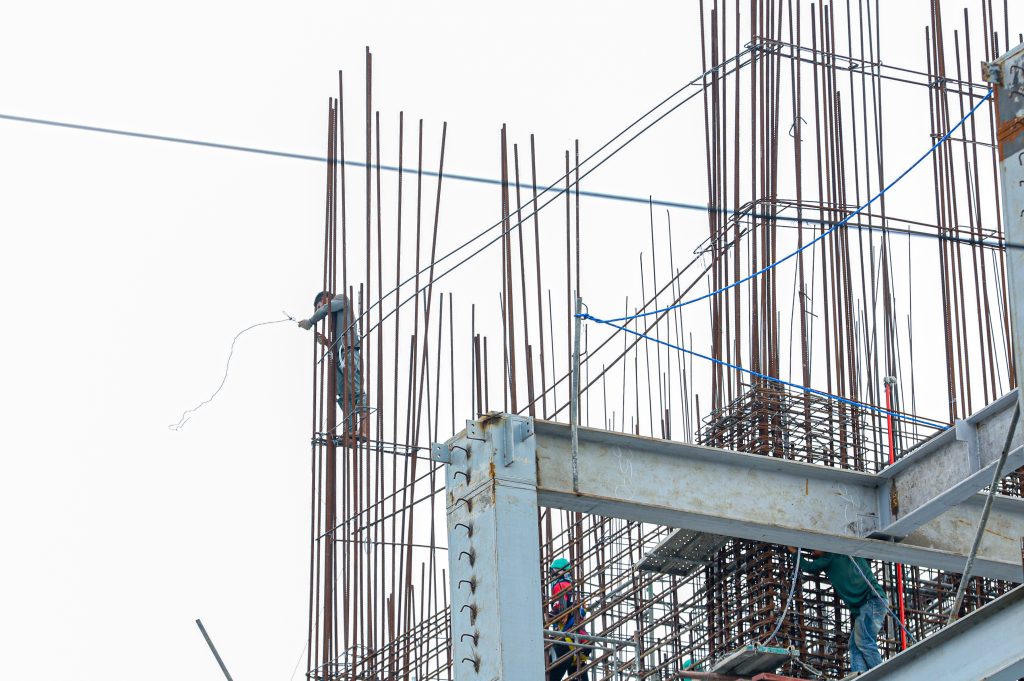
By Dean Aubrey Caratiquet
The country’s labor force serves as the backbone of the country’s economic machinery, driving progress and creating opportunities for Filipino workers to partake in helping the nation to grow and prosper.
Such was among the top priorities of the Marcos Jr. administration, which has repeatedly made strides in ensuring the welfare of laborers that fuel the ebb and flow of trade across the archipelago.
This is reflected in the 65.8% labor force participation rate (LFPR) recorded by the Department of Economy, Planning, and Development (DEPDev), the highest since April 2005, which is the equivalent of 52.32 million Filipinos actively contributing to the country’s bottomline.
DEPDev Secretary Arsenio Balisacan cited this achievement as an indicator of the expanded access to employment opportunities across key sectors, a result of the government’s ongoing efforts to uplift the domestic labor market.
Balisacan said, “We welcome this development in labor force participation because it indicates a healthy and competitive Philippine labor market. Generally, a larger workforce can lead to increased economic output and potentially higher Gross Domestic Product (GDP) growth, as more people contribute to the economy.”
Furthermore, the country’s chief economist acknowledged that there is still room for improvement in bolstering the country’s labor force, thus calling on the government to enhance the efficiency of public spending, and double down on allocating resources to crucial services such as education, healthcare, food security, and connectivity infrastructure.
He added that equipping Filipinos with in-demand skills and competencies will ensure that the country’s workforce remains agile in an increasingly competitive and dynamic labor market.
Such steps would be put in place through stronger industry partnerships under the Enterprise-Based Education and Training (EBET) Framework Act, as well as the implementation of the Expanded Tertiary Education Equivalency and Accreditation Program (ETEEAP), and the passage of the Lifelong Learning Development Framework Bill.
Meanwhile, the results of Philippine Statistic Authority’s (PSA) May 2025 Labor Force Survey show a 96.1% employment rate and 3.9% unemployment rate, respectively.
The former shows a reduction in the number of unemployed individuals, equivalent to 2.03 million Filipinos, from 2.11 million in May 2024. The latter shows an uptick in the number of individuals that were able to secure a job, the equivalent of 50.29 million Filipinos, from 48.87 million in May 2024.
jpv
